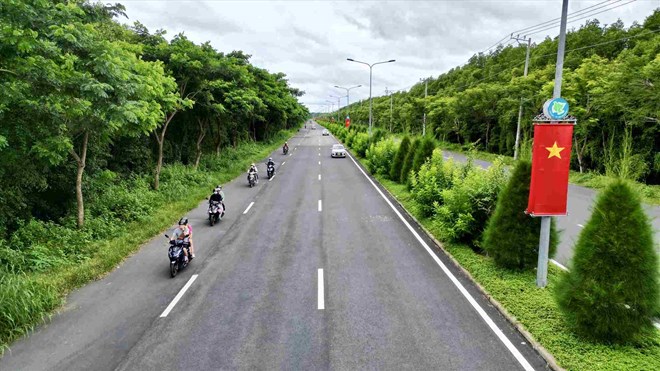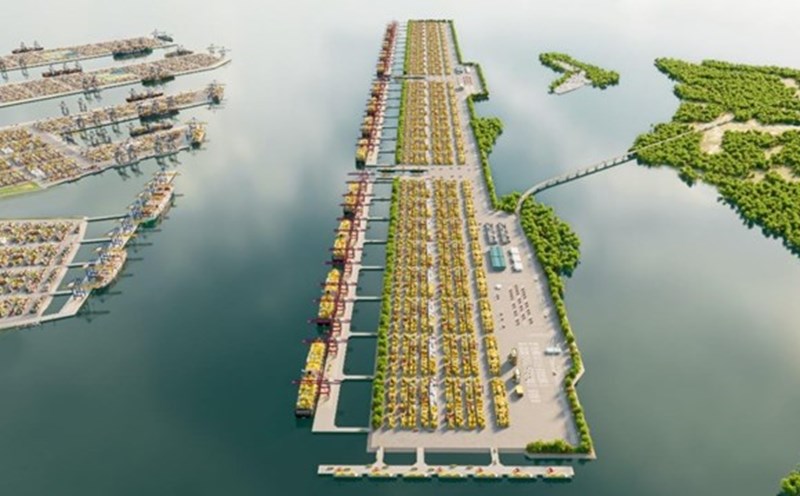The Department of Agriculture and Environment of Ho Chi Minh City has just sent a document to the Department of Finance to comment on the proposal to implement the Metro project connecting the center of Ho Chi Minh City with Can Gio.
The project needs to use more than 325 hectares of land, including: residential land of 8.06 hectares; agricultural land of 41.72 hectares; non-agricultural land other than residential land of 35.8 hectares; traffic land, canals of 135.2 hectares; protective forest land of 85.78 hectares; other types of land of 18.38 hectares.
The project passes through 6 wards and communes: Tan Thuan, Tan My (old District 7), Nha Be commune (old Nha Be district), Binh Khanh commune, An Thoi Dong and Can Gio commune (old Can Gio district).
In Can Gio commune, in addition to the Metro line, there is also a regional traffic route project with a roadway of 40 m, extending from the 30/4 roundabout to the center of the Can Gio coastal urban area. The Metro line is arranged in the center of this road, 1.4 km long, with a reclaimed land area of about 37,413 m2.
The Department of Agriculture and Environment of Ho Chi Minh City proposed to simultaneously carry out land acquisition, compensation, support and resettlement for both of the above projects.
For the Metro line to Can Gio, the cost of site clearance to build railway infrastructure is paid by the State. However, allocating a budget of more than VND 7,462 billion may be difficult because Ho Chi Minh City has to balance resources for many other key projects.
Therefore, the Department of Agriculture and Environment of Ho Chi Minh City recommends 2 options.
If the City has not yet arranged funds in 2026, investors are requested to make an advance payment, then the City will repay it with public investment capital for the period 2026 - 2030.
If the budget cannot be allocated, the compensation cost will be included in the total project investment, and at the same time, investors will be allowed to exploit land funds at 2 depot areas (Tan Thuan ward and Can Gio commune) according to the TOD model to deduct financial obligations.
In particular, the 40 m road project in Can Gio, the cost of compensation and resettlement is paid by the budget, and the construction cost is funded by the investor.

According to the proposal, the Metro line from the center of Ho Chi Minh City to Can Gio will go elevated, starting at Nguyen Van Linh Street (the section between the intersection of Nguyen Thi Thap and Ly Phuc Man, the old District 7), ending at the Can Gio coastal urban area.
The line has 2 stations (Tan Thuan and Can Gio) and a 39-hectare depot near the coastal urban area. The section across the Soai Rap River will have its own cable-stayed bridge, not going together with Can Gio Bridge.
The project has a total investment of about 2.93 billion USD (more than 76,000 billion VND), a maximum design speed of 350 km/h, double track, 1,435 mm of rail.
The investor expects to start construction in the fourth quarter of this year and complete by the end of 2028.











